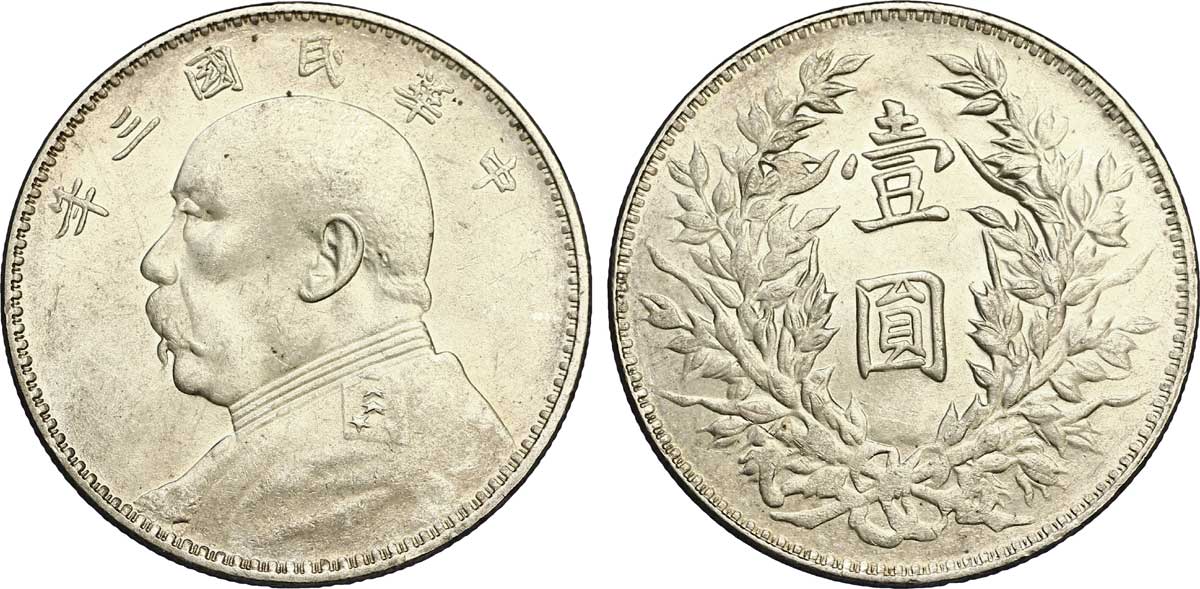China Economic conditions 1912-1949
Enlarge text Shrink textAfter the fall of the Qing dynasty in 1912, China underwent a period of instability and disrupted economic activity. During the Nanjing decade (1927–1937), China advanced in a number of industrial sectors, in particular those related to the military, in an effort to catch up with the west and prepare for war with Japan. The Second Sino-Japanese War (1937–1945) and the following Chinese Civil War caused the retreat of the Republic of China and formation of the People's Republic of China. The Republican era was a period of turmoil. From 1913 to 1927, China disintegrated into regional warlords, fighting for authority, causing misery and disrupting growth. After 1927, Chiang Kai-shek managed to reunify China. The Nanjing decade was a period of relative prosperity despite civil war and Japanese aggression. The government began to stabilize tax collection, establish a national budget, sponsor the construction of infrastructure such as communications and railroads, and draw up ambitious national plans, some of which were implemented after 1949. In 1937, the Japanese invaded and laid China to waste in eight years of war. The era also saw boycott of Japanese products. After 1945, the Chinese civil war further devastated China and led to the withdrawal of the Nationalist government to Taiwan in 1949.
Read more on Wikipedia >
 Topic
Topic




